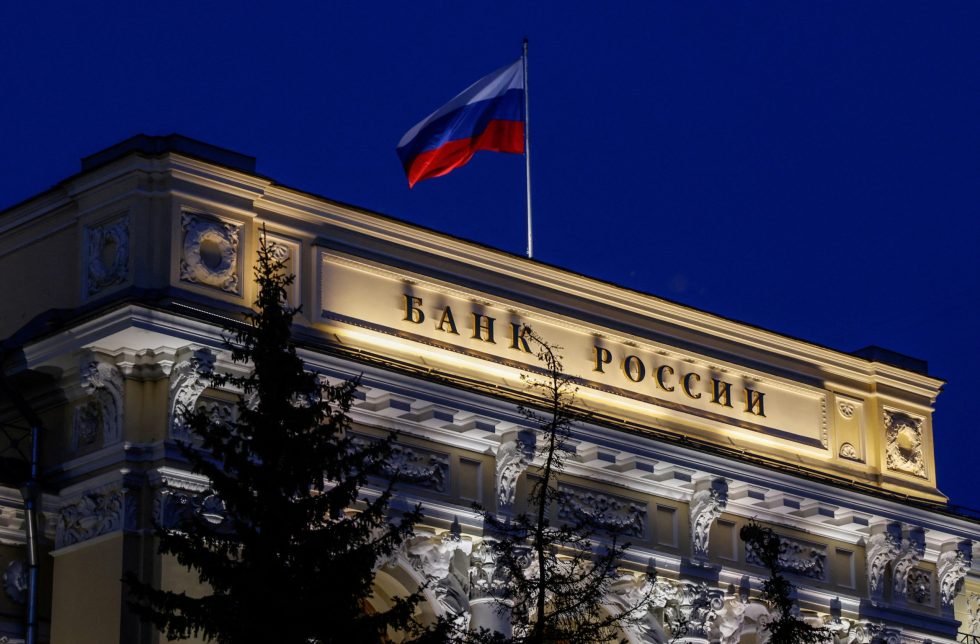Russia’s presidency of the BRICS group—Brazil, Russia, India, China, and South Africa—against the backdrop of its turn towards stablecoins begs questions. To lessen reliance on the US dollar-dominated global financial system, the BRICS countries had before talked of building a digital currency-based payment system, the BRICS Bridge.
But sanctions placed on Russia have put these ideas off-balance. An official of a Russian central bank acknowledged that cooperation on the BRICS Bridge is somewhat difficult given the geopolitical environment of today.
Ditching The Dollar? Ruble Wobbles As Russia Eyes Stablecoins
Russia has always had a wary attitude to cryptocurrencies. But the SWIFT ban and later financial isolation have caused a reconsideration that has driven stablecoins into front stage in Russian financial policy.
Russia’s capacity to do foreign business has been seriously affected by the prohibition of several Russian banks from the SWIFT messaging system, the foundation of world banking. This has set off a chain reaction affecting everything from oil and gas exports to necessary imports.
Russian officials are thus actively investigating the legalisation of stablecoins, cryptocurrencies linked to a stable asset like the US dollar or gold, for cross-border payments.
According to Alexey Guznov, Deputy Chairman of the Central Bank of Russia, stablecoins provide a special chance to avoid conventional financial channels now limited by sanctions.
Guznov claims that their aim is to build a complete infrastructure enabling the acquisition, storage, and use of stablecoins for commerce abroad. Emphasising that this is a long-term plan meant to strengthen resilience into the Russian financial system, he said
Challenges And Skepticism: Can Crypto Plug The Financial Leak?
Although the possible advantages of stablecoin acceptance are clear-cut, various obstacles complicate the way forward. First, rules governing the usage of stablecoins must be developed inside regulatory systems.
Unregulated transactions provide cause for questions regarding sanction avoidance and money laundering. Financial experts warn that the anonymity connected with some cryptocurrency transactions might complicate tracking of illegal behaviour.
Second, there remain unanswered issues about the general acceptance of stablecoins. One should be concerned about the relative immaturity of stablecoin infrastructure and variations in stablecoin prices as compared to conventional currencies.
Governor of the Central Bank of Russia Elvira Nabiullina noted these issues. Although new financial technologies offer great possibilities, she said the central bank has to make sure stablecoin use follows regulations to keep financial stability.
Russia’s brave action of embracing stablecoins marks a dramatic change in its financial approach. Although stablecoins might help to offset penalties, major legislative obstacles and issues with the volatility of cryptocurrencies must be resolved.
This experiment will be a highly observed chapter in the continuous economic conflict, where the result will define the global financial scene moving forward.
Featured image from CEPA, chart from TradingView
